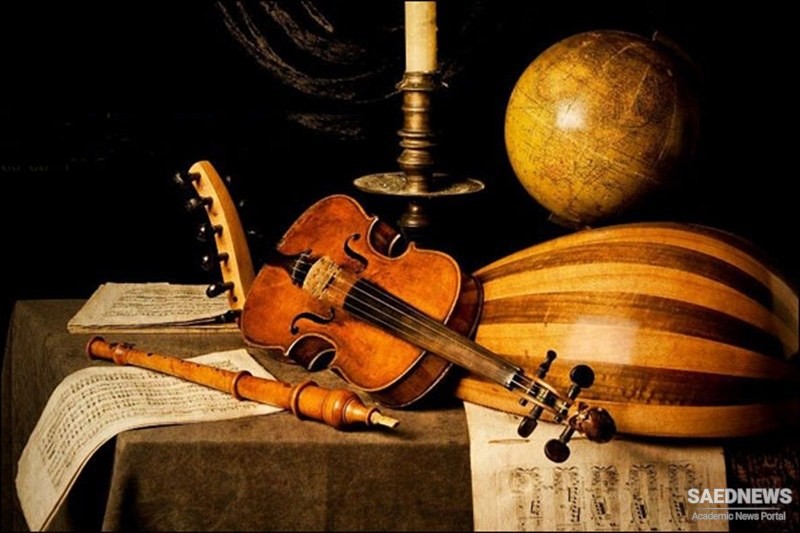One of the first sources for the radif, that of Mirza Abdullah given by Hedayat in Madjmcf al Advar, lists several reng-ha appropriate to each dastgah.27 Recent versions of the radif also contain reng-ha as the closing piece of the dastgah.
The reng is usually in triple meter with a prominent dotted rhythm.28 When used as part of the radif, at the closing portion of a dastgah, the reng may be improvised, since it is not difficult to play melodies characteristic of the dastgah in the rhythm of a reng. These pieces also occur as composed, nonimprovised forms outside of the radif. Many have been notated and exist in published collections. Examples ιιο-ιι ι contains a reng in Bayat-e Tork by Saba and one in Dashti by Macruffi.
By the end of the Safavid Empire, more complex musical movements in 10, 14, and 16 beats stopped being performed. In the early Qajar era, the rhythmic cycles (osul) were replaced by a meter based on the qazal, and the maqam system of classification was reconstructed into the radif system. Today, rhythmic pieces are performed in beats of 2 to 7, with some exceptions. The reng are always in a 6/8 time frame.
A typical Iranian classical performance consists of five parts, namely pišdarāmad ("prelude"; a composed metric piece), čahārmezrāb (a fast, metric piece with a repeated rhythmic pattern), āvāz (the improvised central piece), tasnif (a composed metric song of classical poetry), and reng (a rhythmic closing composition).[4] A performance forms a sort of suite. Unconventionally, these parts may be varied or omitted.


 Rhythmic Impulses and Evolution of Musical Instruments
Rhythmic Impulses and Evolution of Musical Instruments














































